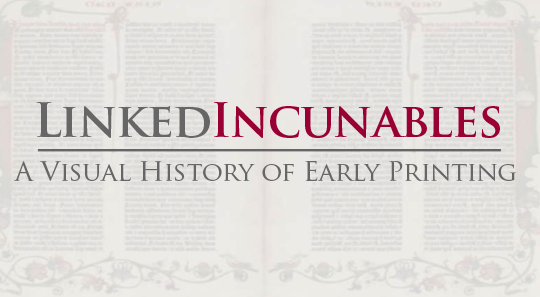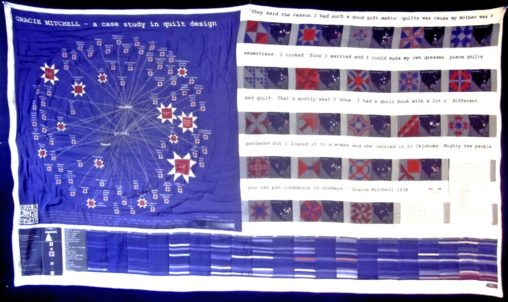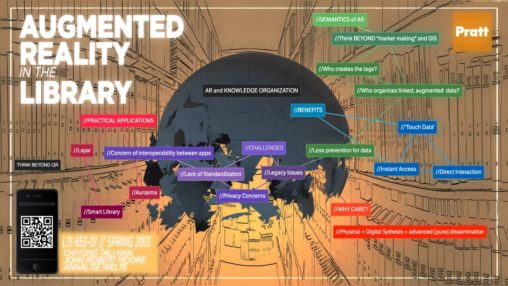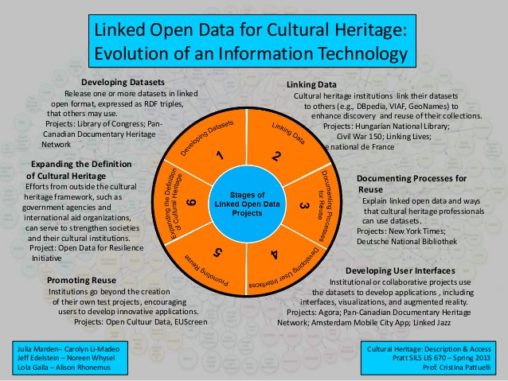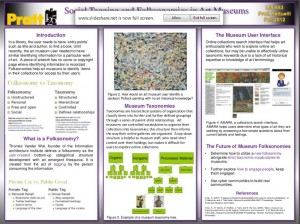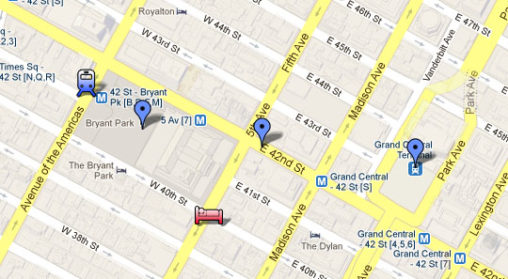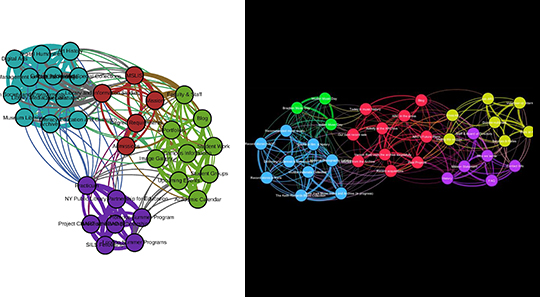Page 31 of 33
A poster showcasing the steps of the user-centered design process for a (hypothetical) re-design of the website for the Fluvanna Free Library in Jamestown, NY. Students will show…
Archives store, maintain and organize a variety of primary sources, which can range from letters to audiovisual recordings along with any primary documentation in-between. Archiving cemeteries offer an…
Using exploratory methods of Linked and Open Data, “Perspectives of Origin: A Geographic Encounter” project seeks to display specific geographic origin information of cultural heritage objects from the collection of the Metropolitan Museum of Art.
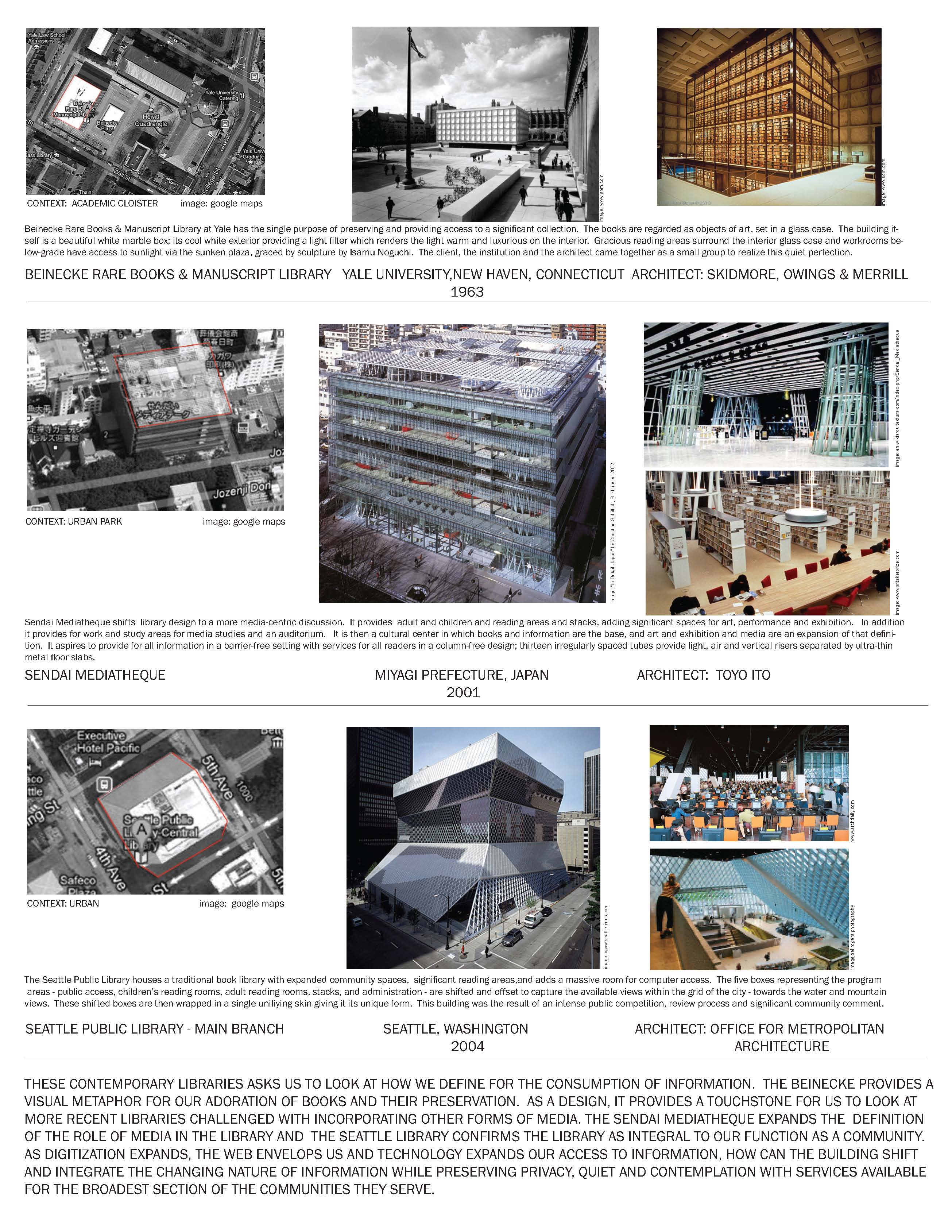
A comparison of three contemporary libraries – Beinecke Rare Books & Manuscripts at Yale; Sendai Mediatheque in Japan; Seattle Central Library in Oregon. With Beinecke as the touchstone, a study of how the contemporary library incorporates a traditional book library and expands to include any/all other media and a community’s desires and expectations of the role of their library. Intended to elicit further discussion and study of how modern libraries serve us architecturally.
While technology has made digitization of books possible, the conversion to digital surrogates does not resolve the controversial question of where and how we should preserve our vast collections of original source materials.
Personal Information Management (PIM) is about keeping information and organizing it in such a way that we can find it when we need it. Our research defines the growing perimeters of PIM, explores the User-Subjective Approach as a model for design and investigates potential implications in the reference environment.
Survey of 31 digital fashion archives/websites to access what the characteristics of an ideal fashion archive should include. Results were narrowed down to 8 showcase institutions who were…
In a collaborative study carried out by Professor Pattuelli’s Fall 2012 Human Information Behavior class, students designed a qualitative research study that sought to reveal common themes relating to reader preferences when choosing between electronic and print material, specifically in an academic context.
Students mapped a work of fiction by charting one character’s movements through New York City. The result is a resource that enhances a reader’s experience and gestures toward ways in which stories may become truly intertextual. In this project, our group created an interactive map using Prezi for the book It’s Like This, Cat written by Emily Cheney Neville which is about the friendship between 14-year-old Dave Mitchell and his college-aged friend Tom, and the cat that brought them together. Among other things, this map includes sites that Dave and Tom visited such as: the 59th Street Bridge, the New York Public Library, and Coney Island with interactive features including embedded videos, discussion questions, and activities geared to middle-grades students.
In this lightning talk, Olivia Mueller will discuss the design and technology work that went into creating the Oral History Project for the American Jewish Joint Distribution Committee (JDC). The JDC is a worldwide humanitarian relief organization created during World War I to provide relief to Jewish communities in Europe. The JDC was instrumental during WWII in getting Jews out of Nazi-occupied Europe, and resettling Jews after the war through Displaced Persons Camps. In this class project, students worked to transform a collection of analog oral histories into a web-based digital archive. Olivia will focus most closely on the design and technology aspects.
